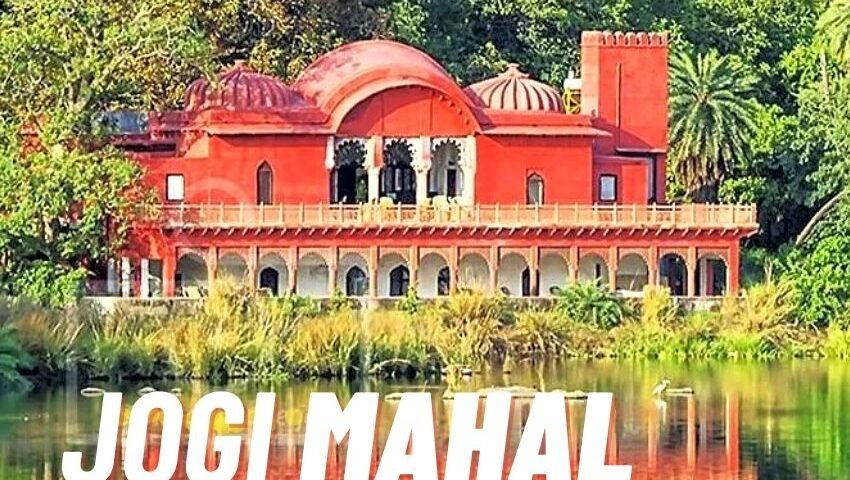Nestled within the boundaries of Ranthambore National Park in Rajasthan, Jogi Mahal is a stunning heritage site that combines history, nature, and tranquility. This iconic structure, perched beside the serene Padam Talao Lake, offers visitors a glimpse into the royal past of Rajasthan while being surrounded by the wilderness of one of India’s most famous tiger reserves. Whether you are a history enthusiast, a nature lover, or a photography aficionado, Jogi Mahal is a must-visit destination.
How to Reach Jogi Mahal
Reaching Jogi Mahal is relatively easy, thanks to its location within Ranthambore National Park, which is well-connected to major cities in India.
- By Air: The nearest airport is Jaipur International Airport, approximately 160 km away. From Jaipur, you can hire a cab or take a bus to Sawai Madhopur, the gateway to Ranthambore.
- By Train: Sawai Madhopur Railway Station, just 14 km from the park, is well-connected to cities like Delhi, Mumbai, and Jaipur. From the station, taxis and local transport are readily available.
- By Road: Ranthambore is accessible via a well-maintained network of roads. Regular buses and private vehicles ply from Jaipur, Delhi, and other nearby cities.
Once at Ranthambore National Park, Jogi Mahal can be accessed via the safari routes, making it a part of your wildlife exploration experience.
When to Visit Jogi Mahal
The best time to visit Jogi Mahal coincides with the peak tourist season for Ranthambore National Park:
- October to April: The weather is pleasant, and tiger sightings are more frequent. During this time, the lush greenery of the park and the calm waters of Padam Talao add to the charm of Jogi Mahal.
- Avoid Monsoons (July to September): The park remains closed during these months due to heavy rainfall, which makes safaris and access to Jogi Mahal impossible.
For the best experience, plan your visit during the early morning or late afternoon, when the sunlight enhances the beauty of the surrounding landscape.
What Makes Jogi Mahal Special
Jogi Mahal was originally a hunting lodge for the royals of Jaipur. Its architecture, though simple, exudes an old-world charm that stands in stark contrast to the wild surroundings. The highlight of Jogi Mahal is the iconic Banyan Tree nearby, one of the largest in India. This massive tree has become a symbol of the site, providing shade and a serene ambiance.
Tips for Visitors
- Plan Ahead: Include Jogi Mahal as part of your safari tour to make the most of your visit.
- Photography: Carry a good camera to capture the stunning views of Padam Talao, the Banyan Tree, and the vibrant wildlife around.
- Guided Tours: Opt for guided tours to learn about the history and significance of Jogi Mahal.
- Respect Nature: Avoid littering and maintain silence to preserve the tranquility of the site.
- What to Carry: Bring essentials like water, sunscreen, comfortable clothing, and sturdy footwear.
Visitor Recommendations
- Stay Nearby: Choose accommodations close to Ranthambore National Park to save travel time and maximize your experience.
- Combine Activities: Pair your visit to Jogi Mahal with a safari tour for a comprehensive exploration of Ranthambore.
- Best Spots for Photography: Capture the reflection of Jogi Mahal on Padam Talao during sunrise or sunset for breathtaking shots.
Conclusion
Jogi Mahal is more than just a heritage site; it’s a gateway to Rajasthan’s royal legacy and the untamed beauty of Ranthambore. A visit here promises a serene and enriching experience, making it a perfect addition to your travel itinerary. Plan your trip today and let the enchanting aura of Jogi Mahal captivate your senses.

